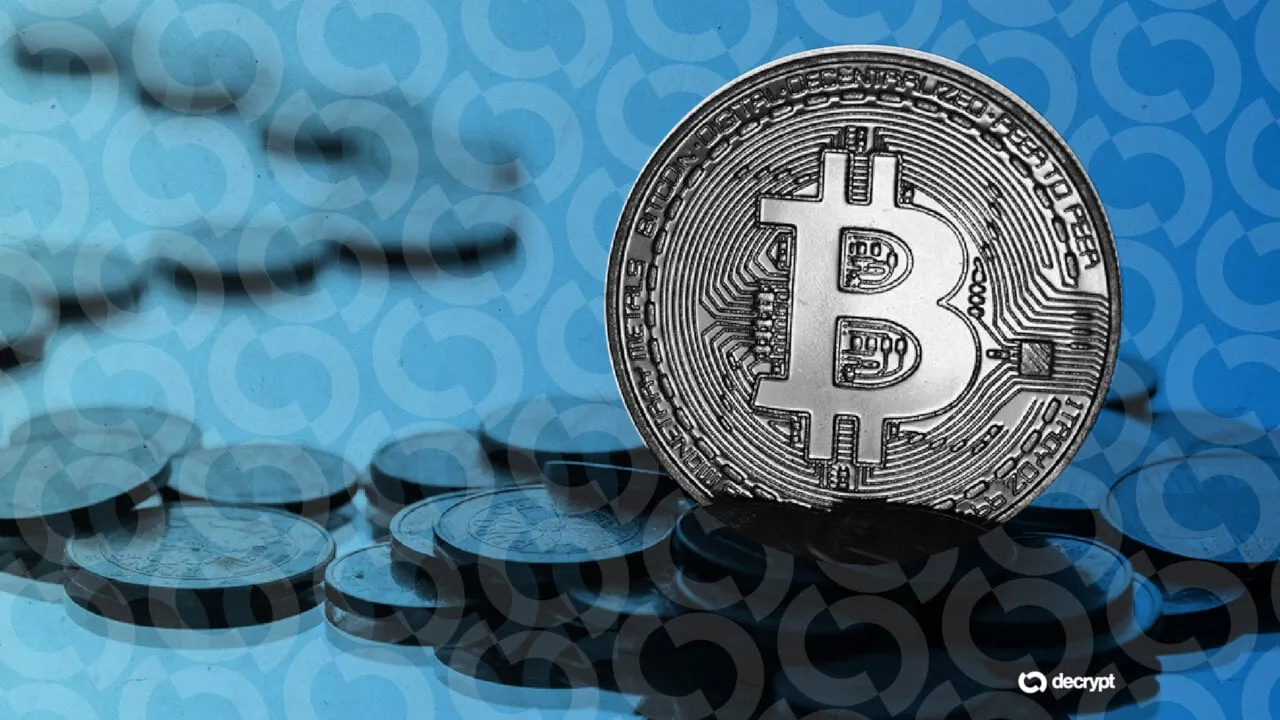In brief
- Japan’s 30Y yields have soared to 3.2% on July 15 amid fiscal concerns.
- Global bond markets are starting to resemble Japan’s, highlighting growing skepticism around the reliability of sovereign debt as a safe-haven asset.
- Persistent concerns around inflation and fiscal stability are prompting a shift toward Bitcoin and gold.
Stress in global bond markets is beginning to ripple through risk assets, with Bitcoin emerging as a potential beneficiary.
A renewed move into hard assets echoes past episodes where cracks in sovereign debt markets triggered defensive positioning. Japan’s bond rout may be an early warning of broader fiscal strain.
Unrealized losses on Japanese bonds are mounting, with 30-year yields rising to 3.2% on July 15 in levels not seen before, erasing an estimated 45% of their value since 2019, The Kobeissi Letter wrote in an X post on Monday.
Japan’s debt-to-GDP ratio has climbed to 235% leaving the Bank of Japan nursing $198 billion in unrealized losses.
That erosion of trust in “risk-free” assets is not localized to Japan, but can be seen across other major developed economies.
The U.S. 10-year yield has climbed roughly 40 to 60 basis points this year, echoing upward pressure seen in Japan’s bond market. Since the 2020 lows, yields have risen more than fourfold, driven in part by sustained deficit spending and heavy Treasury issuance.
“The reality is that global government bond market liquidity is at a record low, now below 2008 levels,” The Kobeissi Letter wrote. “This is exactly why Bitcoin and Gold are surging to record highs.”
The flight to hard assets is palpable, former BlackRock executive and XBTO CIO Javier Rodriguez-Alarcón, told Decrypt.
“Bitcoin is increasingly being treated as a macrohedge and structurally scarce asset,” he said. “The next leg up depends on institutional interest deepening as legislative, fiscal, and monetary tailwinds converge."
Meanwhile, spot ETF inflows for both Bitcoin and Ethereum have soared past $3 billion and $1 billion, respectively. That comes amid a backdrop of high interest rates, combined with “just-in-case” financing ahead of U.S. President Donald Trump’s tariffs.
Even with a bleak bond market, some say the U.S. economy now resides in a “goldilocks-like equilibrium," further fueling Bitcoin’s rally.
A closer examination of the spot order book shows buyers positioning at 2%, 5%, and 10% below market, suggesting dip-buying interest remains intact despite fading momentum.
That reflects a shift in investor sentiment, which was previously skewed towards asks in Bitcoin perpetuals a few days earlier. Historical data shows that Bitcoin reacted positively the last time such signals occurred.
Bitcoin is down more than 5% from its July 14 record of $123,300, with over $300 million in long positions liquidated over the past 12 hours, according to CoinGlass data.

